Setting Up a Business: The Complete Guide
Starting a new business can be an exciting yet daunting task. As an aspiring entrepreneur, you likely have a great idea or a passion you want to pursue. However, turning that spark of inspiration into a fully functioning company requires thorough planning, commitment, and grit.
In this comprehensive guide, we'll walk you through the entire process of setting up a business in 2024, from fleshing out your initial business concept to officially launching and running your company. We've crafted this content to serve as your roadmap, equipping you with the critical information you need at every stage.
Let's get started!
Table of Contents
Setting up a Business Idea

Before doing anything else, you need to clarify the core concept of your business. A common mistake is prematurely jumping straight into paperwork and logistics when you haven't validated and fine-tuned your idea.
Take the time upfront to define clearly:
What Product or Service Will You Offer?
Pinpoint exactly what you will provide to customers. Get very specific here on the offerings. For a product, list features and functionality. For a service, outline the exact services you will deliver.
Who Is Your Target Customer?
You need to have an ideal customer mapped out, including details like:
- Demographics – age, income, location, gender, education level, etc.
- Psychographics – values, interests, personality traits, beliefs, etc.
- Pain points & goals – What struggles do they face? What aspirations do they have that your business can help fulfil?
What Makes Your Business Unique?
Clarify your competitive advantage. Why will customers buy from YOU rather than alternatives? Uniqueness could be based on better quality, customisation, customer service, pricing, etc.
What Need or Want Will You Fulfil?
To succeed, your business must solve a problem, improve lives, or fulfil a desire for your customers. Determine what underserved needs exist or what customers want you can cater to exceptionally well.
Once you've refined the core concept, validate it by conducting market research and getting customer feedback. We'll explore that next.
Conducting Market Research

Market research ensures your idea aligns well with customer demand and the competitive landscape. Here are key areas to research:
Industry Trends & Projections
Look at current trends, growth rates, size, shifts, and forecasts within your industry. This gives you perspective on where things are headed.
Your Target Market
Go deeper in understanding the total addressable market size and what motivates and frustrates your customer base. See what problems remain unsolved for them that your company can help fill.
Competitor Analysis
Thoroughly analyse potential competitors. Study their product offerings, pricing, messaging, customer base, market share, strengths, and weaknesses. This will shape your positioning.
Customer Research
Speak to prospective customers! This can be done via surveys, interviews, focus groups, beta tests, etc. Gather feedback about pricing sensitivity, feature needs, interest levels, and how your concept compares to alternatives. Let accurate data from your expected buyers guide decisions rather than assumptions.
Conducting diligent market research gives you an accurate lay of the land to refine your concept for greater appeal and set your venture up for success in entering the suitable space.
Choosing a Business Structure
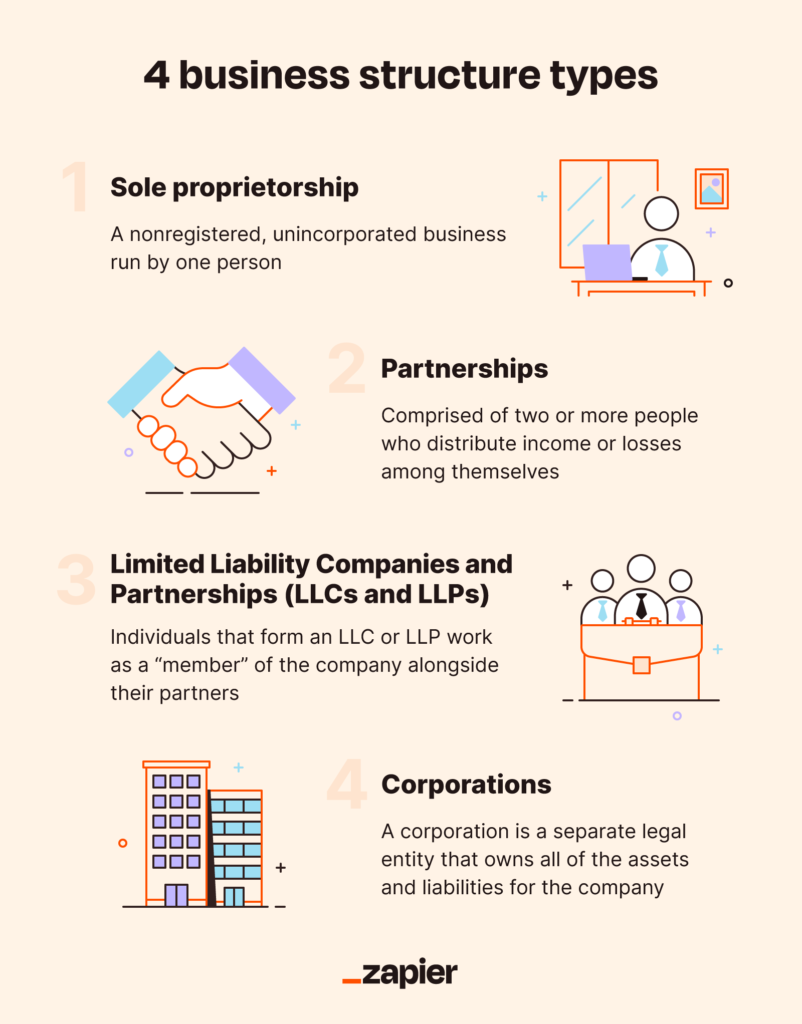
You need to decide how to structure your company formally. The business structure you register under has implications regarding ownership, liability, taxes, and administrative processes.
Let's explore significant options:
Sole Proprietorship
This simplest structure means you will personally own the business alone and operate without necessarily creating a new legal entity. However, it also means you assume unlimited personal liability for the company.
Partnership
You can team up with one or more partners to co-own the business. A partnership agreement should outline profit/loss distribution, roles, exit clauses, etc. Like a sole proprietorship, partners assume unlimited financial liability.
Limited Liability Company (LLC)
Forming an LLC creates some legal protection by keeping your assets separate. LLCs have flexibility for ownership structures but also more paperwork. Multi-member LLCs should have an operating agreement detailing governance and members’ rights.
Corporation
Incorporating into a C-corp or an S-corp creates the most formal business structure. Ownership is divided via stock shares. Corporations provide the highest level of personal liability protection but also the most legal and tax considerations.
Weigh liability, taxes, record-keeping needs, ownership flexibility, investor appeal, and ease of formation to choose what works. You can constantly evolve structure later.
Crafting a Business Plan
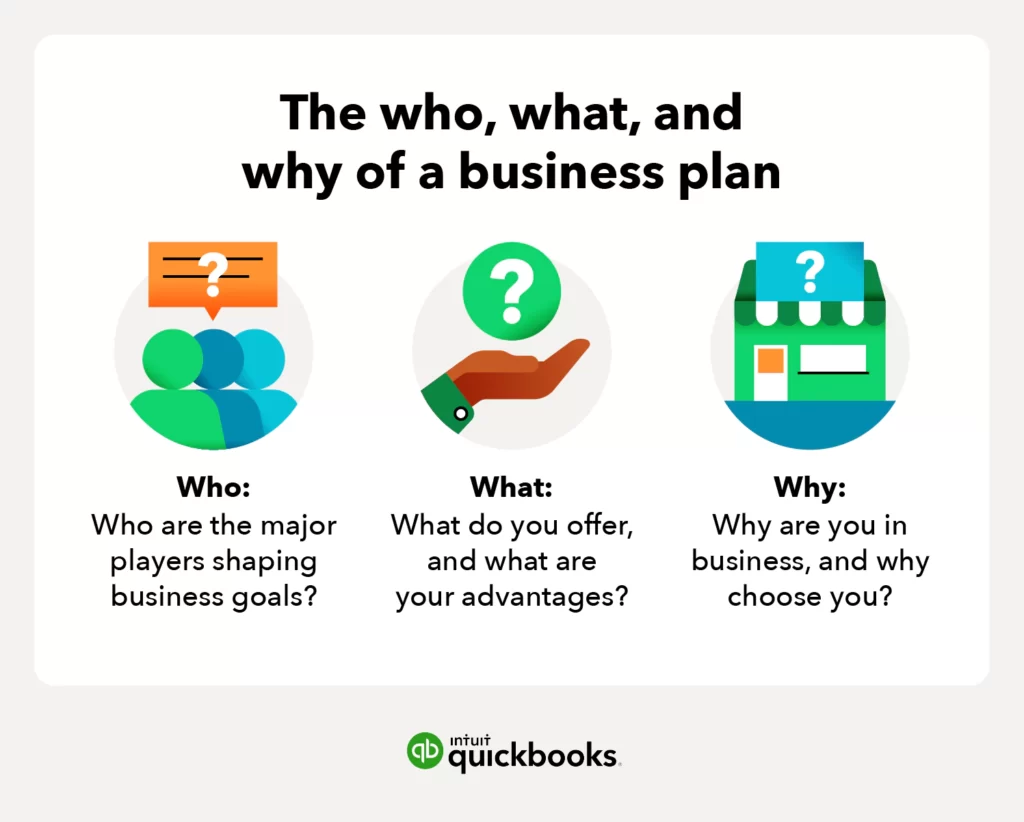
After researching and choosing a structure, your next critical task is to craft a business plan – an essential document covering your company overview, market strategy, financial projections, and funding needs.
Executive Summary
Give a high-level overview upfront, summing up:
- Business purpose and offerings
- Founder(s) background
- Notable achievements to date
- Target customers and the need/demand from them
- Projections for growth and profits
- Funding requirements and projected use of funds
Company Overview
Provide details on:
- Mission, vision, values
- Business structure
- Location and Facilities
- Equipment and inventory
- Personnel plan (organisational hierarchy)
Products and Services
Give specifics on your offerings, including:
- Descriptions
- Available inventory
- Pricing
- Current stage (prototype vs market ready)
- Features/benefits
- Intellectual property considerations
Market Analysis
Summarise essential info from your earlier research:
- Industry Outlook
- Target customer personas
- Competitor benchmarking
- Validated market interest
Marketing Plan
Map out tactics for customer acquisition, including:
- Social media
- SEO
- Events
- Partnerships
- Direct selling
Cover general positioning and branding strategy as well.
Financial Plan
Provide projections on expected:
- Startup funding needed
- Launch timeline
- Operating expenses
- Cost of goods sold
- Gross margins
- Revenue and sales forecasts
- Taxes
- Desired profitability timeframes
Include relevant KPIs, capital expenditure timelines, and the all-important cash flow statement.
This plan provides immense clarity while also attracting potential investors and partners.
Exploring Funding and Financing Options
With a business plan in hand, strategising how to secure enough startup funding is next. Some options to explore:
Self Funding
Self-funding via personal savings or assets is possible. But make sure to be realistic about affordability. Analyse ROI timeframes and opportunity costs, too.
Crowdfunding
Running a fixed-term fundraising campaign allows tapping into smaller investments from a wider audience. It offers marketing benefits but also fees and delivery risks to weigh.
Angel Investors
These wealthy individuals provide startup funding, often in exchange for equity. Great for gaining business expertise in addition to capital. But involves dilution of ownership and board obligations.
Venture Capital
VC firms invest substantial amounts in emerging companies with significant growth potential. It is incredibly competitive to qualify but offers enormous upside. Significant dilution is expected in exchange for funding.
Small Business Loans
Government small business loan programs exist, as do private lenders tailored to entrepreneurs. Repayment obligations vary greatly, so scrutinise terms. Additionally, revenue-based financing for startups is available and can be combined with other sources to support business growth.
Business Grants
Federal, state, private, and non-profit grants are available, typically targeting growth in specific sectors, technologies, or geographic areas. Qualifying with no repayment expectations is very beneficial but also highly competitive.
Thoroughly evaluating options against your needs and acceptance criteria allows for creating an optimal funding mix. Having detailed financial projections also helps in spelling out the case for outside funding.
Handling Legal and Regulatory Requirements
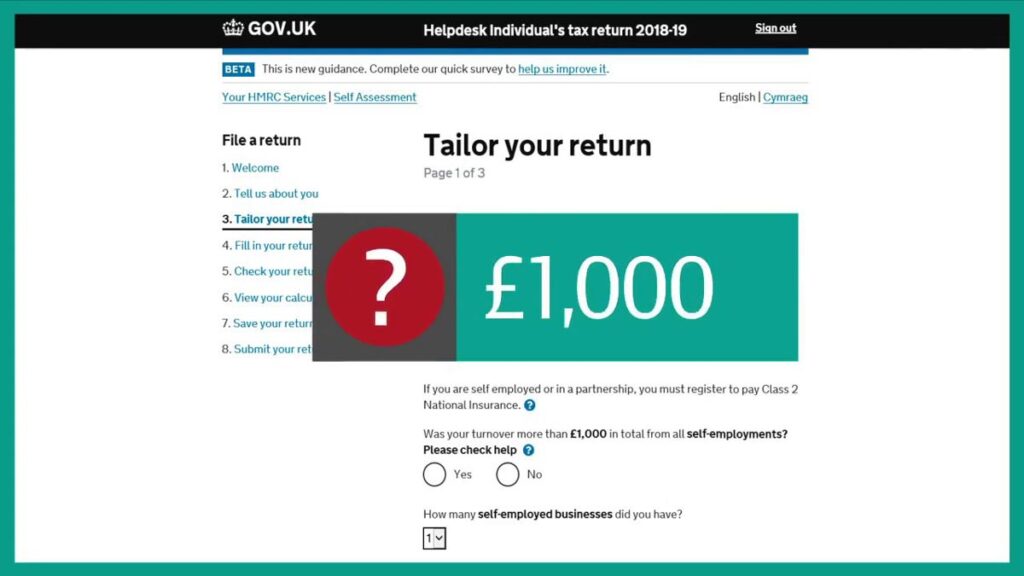
You must tick various legal and compliance boxes to operate above the board. Requirements vary based on your business category, location, and other factors. Common considerations may include:
Registering Your Business
Properly follow registration steps based on your entity structure. Usually, it includes filing formation documents, paying fees, and obtaining licences/permits.
Tax Implications
- Sales tax collection obligations
- Employment taxes
- Income taxes
- Excise taxes on inventory
Insurance Needs
- General business liability
- Product liability
- Professional insurance
- Commercial property
- Workers Compensation
Legal Considerations
- Trademarks
- Patents
- Terms of use
- Privacy policies
- Commercial leases
- Supplier contracts
Regulatory Compliance
- Safety regulations
- Data protection and cybersecurity protocols
- Industry-specific regulations
Consult legal counsel and accounting professionals to ensure full legal compliance and identify any required filings before opening for business.
Developing Products and Services
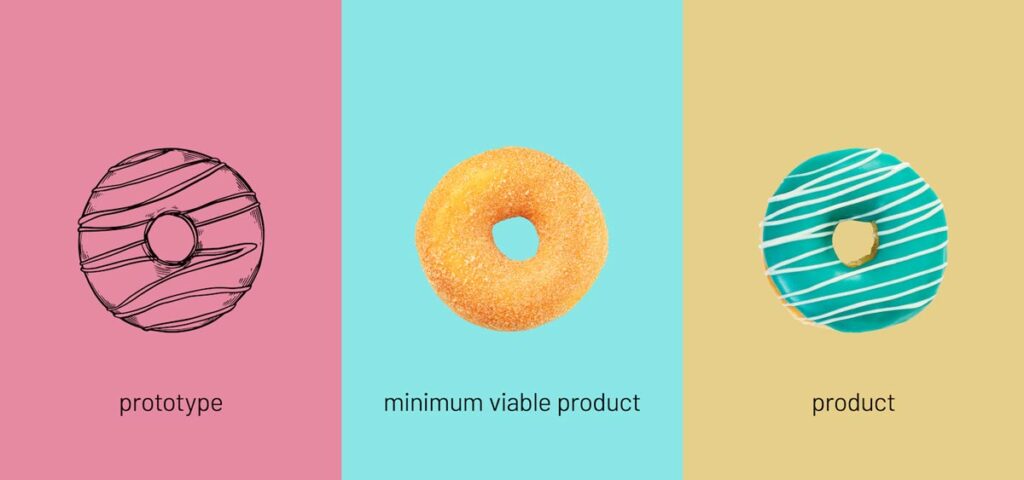
With your business foundation solidified, the exciting step is readying your products, services and internal systems for the market.
Building a Minimum Viable Product
Create a pilot test batch of the absolute base model focused solely on core functionality for physical products. This tests production processes while gaining honest user feedback in the marketplace.
For software or apps, the minimal viable product (MVP) similarly strips away nice-to-have features, honing in on the core user problem to solve. Release an early prototype to validate appeal.
For service businesses, detail exactly which services will be offered in initial packages vs more advanced tiers to follow.
This scaled-back first version aims to confirm you can deliver primary buyer value before extending capabilities.
Finalising Brand Messaging
With an MVP built, you can develop on-target branding, positioning statements, taglines, and external communications aligned to actual product/market fit.
Setting up Operational Systems
Establish backend frameworks to support scaling, including:
- Accounting systems
- CRM software
- Inventory and fulfilment systems
- Marketing systems
- POS and payment systems
- Project management systems
Build these early on so expansion does not outpace your infrastructure.
Developing Your Team
Every business needs talented teams behind it to thrive. Some key steps here:
Creating an Org Chart
Map out positions needed to complement your core capabilities, including potential:
- Partners
- Investors
- Directors
- Suppliers
- Staff
Outline critical roles and responsibilities across marketing, sales, finance, production, customer service, admin, etc.
Hiring Key Roles
Prioritise hiring for skill sets you lack or capacity you need, including likely first hires like:
- Marketing Manager
- Sales Manager
- Accountant
- Web Developer
- Customer Service Rep
Leverage job platforms, staffing agencies, freelancers, word-of-mouth, and professional networks here.
Protecting Intellectual Property
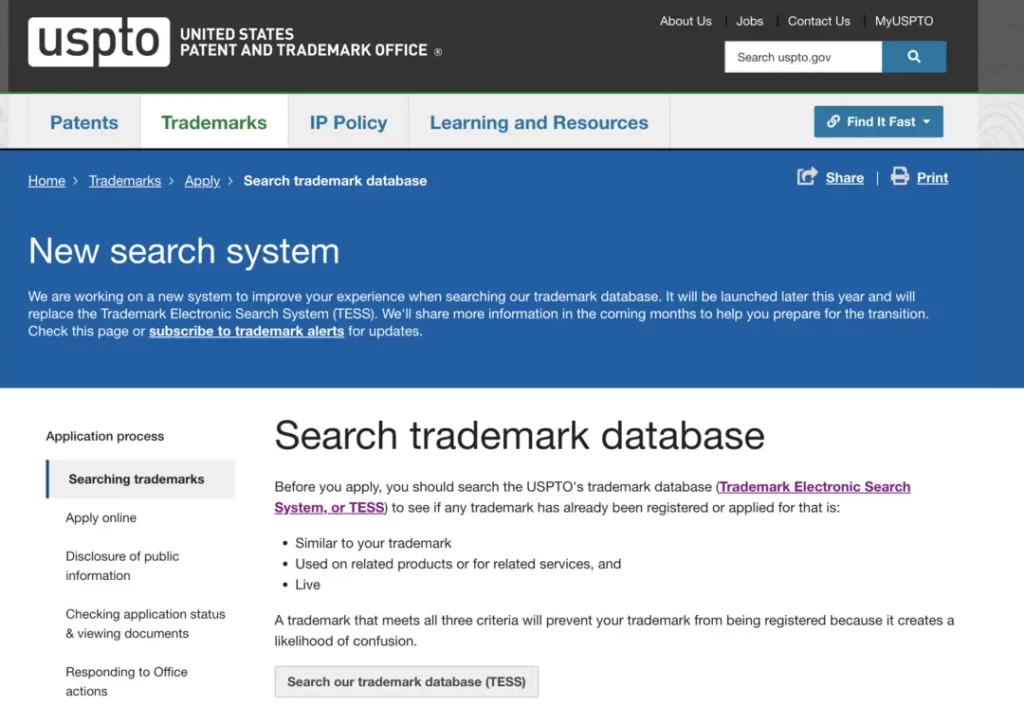
Don’t neglect to protect what makes your business uniquely yours. IP can provide tremendous competitive advantage derived from:
Trade Secrets
Confidential information like data, formulas, processes, or designs has inherent protections. But should be backed by NDAs and policies.
Trademarks
Register slogans, logos, and taglines, and distinguish branding elements associated with your company. Prevents brand hijacking.
Copyrights
Automatically granted, but formally registering creative works adds legal standing to sue for infringement.
Patents
Applicable for functional inventions and guarded formulas. Requires extensive filings but permits excluding others from replicating.
IP gives your business leverage, so handle it accordingly from early on.
Preparing and Executing a Launch
After months of preparations, opening day arrives, excitingly! Avoid launch delays by confirming key areas beforehand:
- Marketing launch campaign ready
- Inventory at prepared levels
- Staff hired and trained
- Facilities fully equipped
- Needed certifications obtained
- Test transactions conducted
When launch timing is decided, execute announcements via:
- Email list signup incentives
- Free trial offers
- Giveaways and contests
- Parties and events
- Paid ads
- Press releases
Follow up promptly with all engaged prospects. Continually gather feedback early on and be ready to adapt.
Publicity and consumer access from day one are vital, so leverage all means available to activate your market.
Refining and Growing Your Business

Launching begins an ongoing process of continually improving and expanding your company. Post-launch priorities should include:
Gathering Customer Feedback
Solicit product reviews, testimonials, referrals, and conversion data to guide enhancements addressing pain points.
Offering Ongoing Updates
Release iterative product upgrades and added service capabilities. Seek customer input to prioritise roadmaps.
Building Partnerships
Pursue co-marketing arrangements, channel partnerships, or supplier deals to extend reach.
Exploring New Market Opportunities
Look at geographic expansion, new customer segments, product families, and underserved use cases.
Your business can scale impact over the long term by continually listening and evolving.
Frequently Asked Questions
What are the common reasons new businesses fail?
Lack of market need for offerings, running out of capital, not sustaining enough sales, poor management, failing to differentiate from competitors, and failing to adapt to market changes.
What is the average cost of starting a new business?
According to Kauffman Foundation data, the typical startup cost for a small business ranges from $30,000 to $50,000 in most industries. Prices vary widely based on business type, inventory needs, location, permitting, etc. Startup financing needs would need to match costs.
What is the difference between a business plan and a pitch deck?
A business plan is a comprehensive document covering all aspects of a company, and the intended audience is typically banks/investors. A pitch deck summarises key elements in visual slides for faster high-level presentation to potential funders.
What are the SBA small business loans?
The Small Business Administration runs loan programs to expand access to funding by guaranteeing loans from participating lenders and clarifying eligibility standards for entrepreneurial borrowers.
Should I seek legal advice before starting a business?
Yes – navigating key legal aspects like business structure, contracts, liability protection, IP, hiring/firing, taxes, licences, and regulations significantly impacts operational risk and enables growth. Legal counsel tailored to your business model and location is invaluable.
